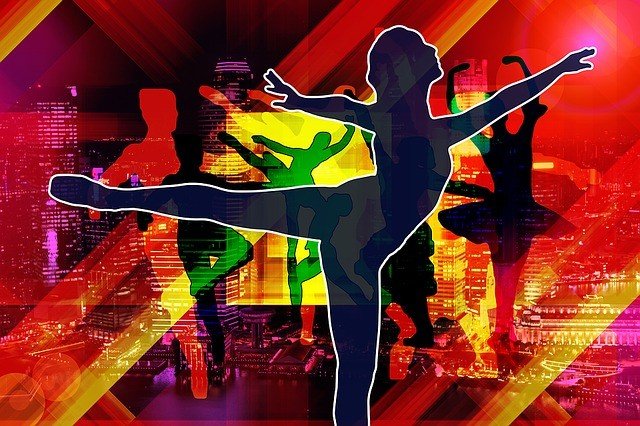
Learning scientific knowledge is different from learning sports, acting, or playing musical instruments, in which you need to view, listen, touch, and perform.
Most scientific knowledge is abstract and has no concrete forms (e.g., colors, melodies, texture, motion, etc.). Acquiring knowledge usually requires logical thinking skills.
However, recent studies have shown that body experiences (e.g., watching others dance) can help people learn scientific knowledge.
A British Psychology Society Public Engagement Grant is awarded to Aston University to make films that help demonstrate statistical concepts in psychology using dancing.
The films have been released on YouTube and got over 100,000 views so far.
In one film, dancing is used to explain the concepts of sampling and standard error.
A blue dancer is a population who creates a shape, and each of the remaining dancers is a sample drawn from the population.
If the shape of a sample closely matches that of the population, the sample estimates the population shape well.
If the shape of a sample is quite different from that of the population, it is not a good estimation of the population.
In either case, the sample makes a different estimate of the population shape, known as sampling variation. The larger the variation the samples make, the greater the sampling variation is.
A small standard error tells that the samples are likely to produce estimates close to the population, whereas a big standard error tells that the samples may produce estimates far away from the population.
Lots of teachers have shown an interest to use films in their courses. This shows that dancing as a pedagogical tool has attracted more attention from the science and education fields.
Copyright © 2018 Knowridge Science Report. All rights reserved.



